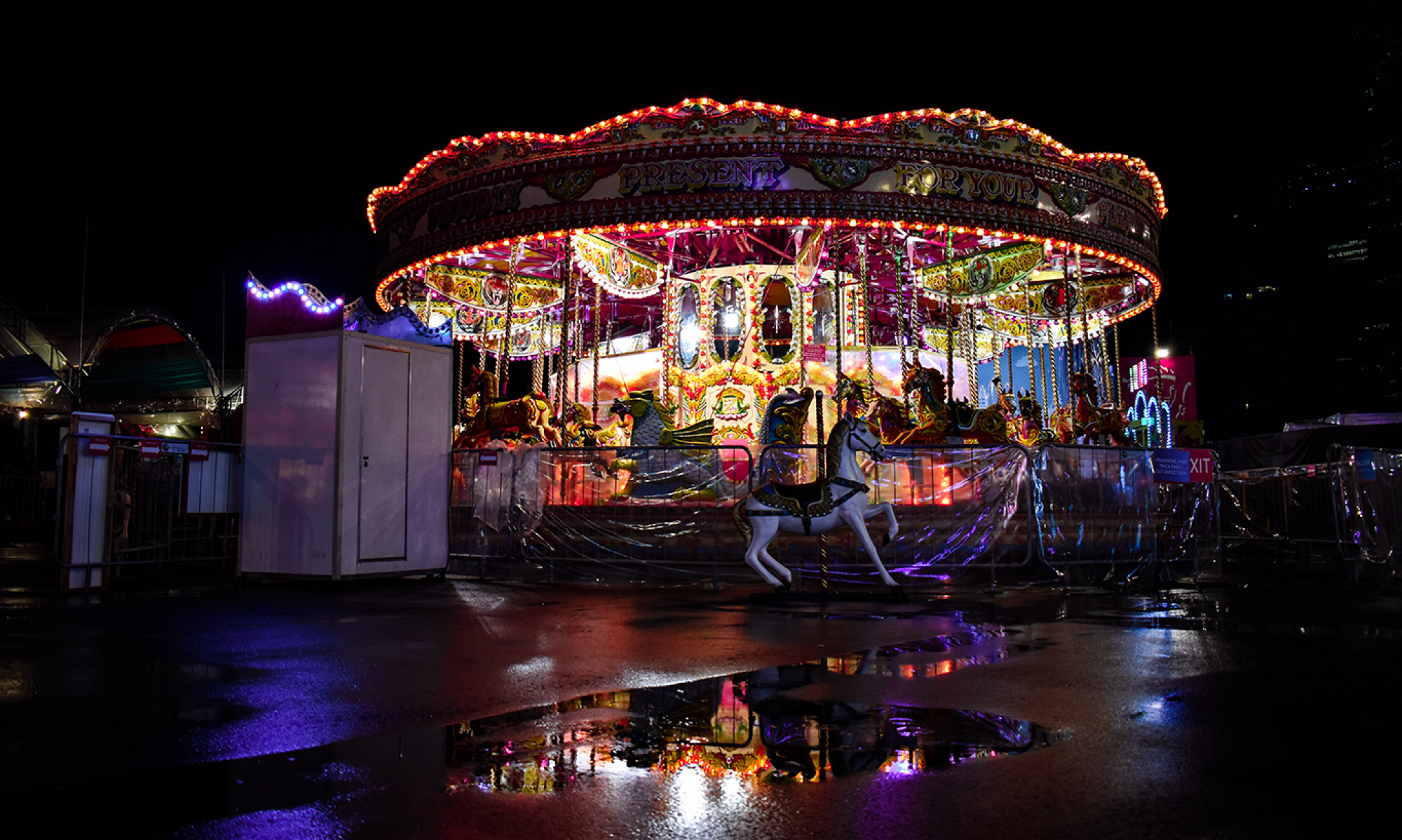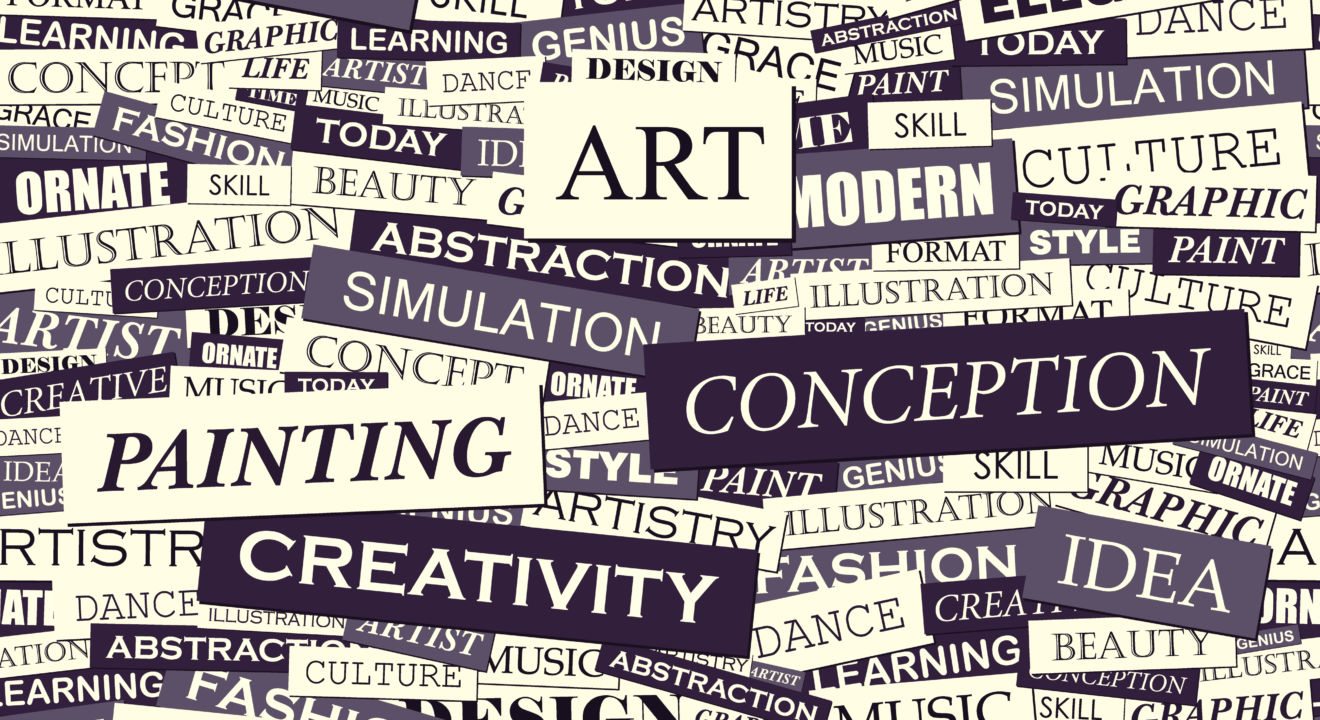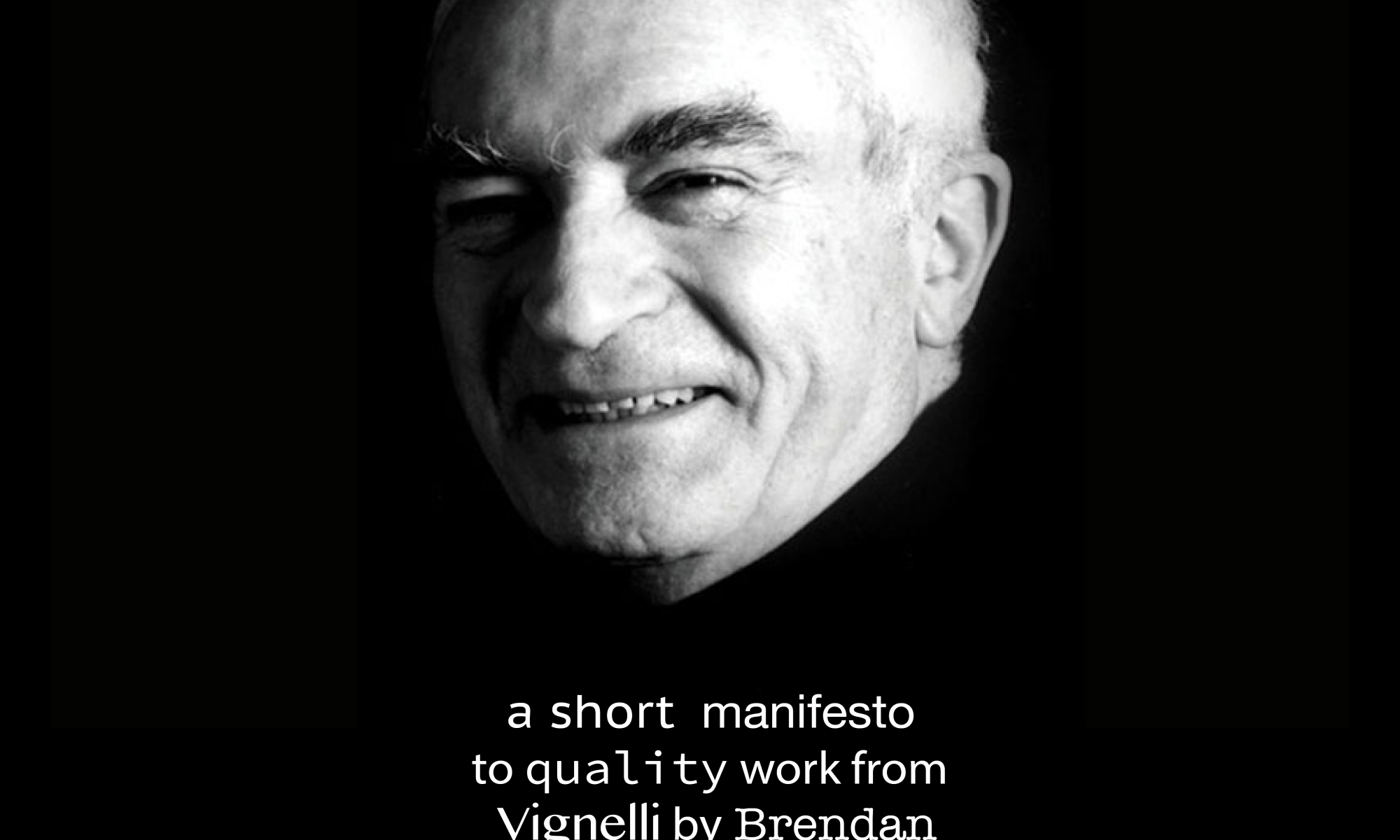
My favourite art movement would be Dadaism. There really isn’t any visual favouritism that I have to this particular art movement unlike the possibilities you could have to other art movements. Maybe the love for real/false perspectives to Cubism or the robotic senses of Futurism. My favouritism towards Dada, was unlike its art intentions- rational in its foundation. As an art student, I had always found that Dada artworks were so nonsensical that it was much easier to write about for SOVA (Study of Visual Arts) exams, hence, tilting towards them.
This work by Duchamp is called Bicycle Wheel. It is a found ready-made created by Duchamp when he merged a bicycle wheel with a stool. Essentially, this is a visual amalgam of polarities at its finest. The function of the wheel is negated as a found object when the wheel is placed facing up, hence it cannot move as a bicycle wheel. The function of the stool is negated as a found object as the area where your buttocks are supposed to be are cramped in with a bicycle wheel, hence it cannot be sat on as a stool. Duchamp creates a “new” creature of the arts, with its new intended purpose to be a fine art display. It can neither be sat on or wheeled around.
The idea of polarity comes in with various points. The dynamism of the wheel rotating at its axis, while the stool remains rigid and sturdy, supporting the moving wheel. Despite all of its movement, this “creature” cannot act on its energy because of its visual paradox of movement. Another contrasting point would be the mechanisation of the bicycle, using basic machinery functions to carry out specifications, which is supported again, by the wooden stool hand-crafted to look banal and not move. This element of movement, combined with the bestial visuals (big head and four tiny legs), creates a new identity, torn from unwanted materials. The visual difference of intricacies are obvious when you compare the wheel and the chair. The kinetic energy of the wheel are almost transferred to the chair like a lightning rod off-shooting into its four legs.
But jokes aside, Dadaism does propagate themes that the inner anarchist in me appreciates. In a time where art is pompous and diluted, Duchamp and friends find ways to source out new visual anthems, using unwanted materials with intended functions and repurposing them altogether. Artworks like “The Fountain” or “Bicycle Wheel” represents so much more than their physicality, they are as mentioned, “anthems” that represent a new found idea for society, casting aside the rich and snotty and appreciating art as intellectual curiosity.









